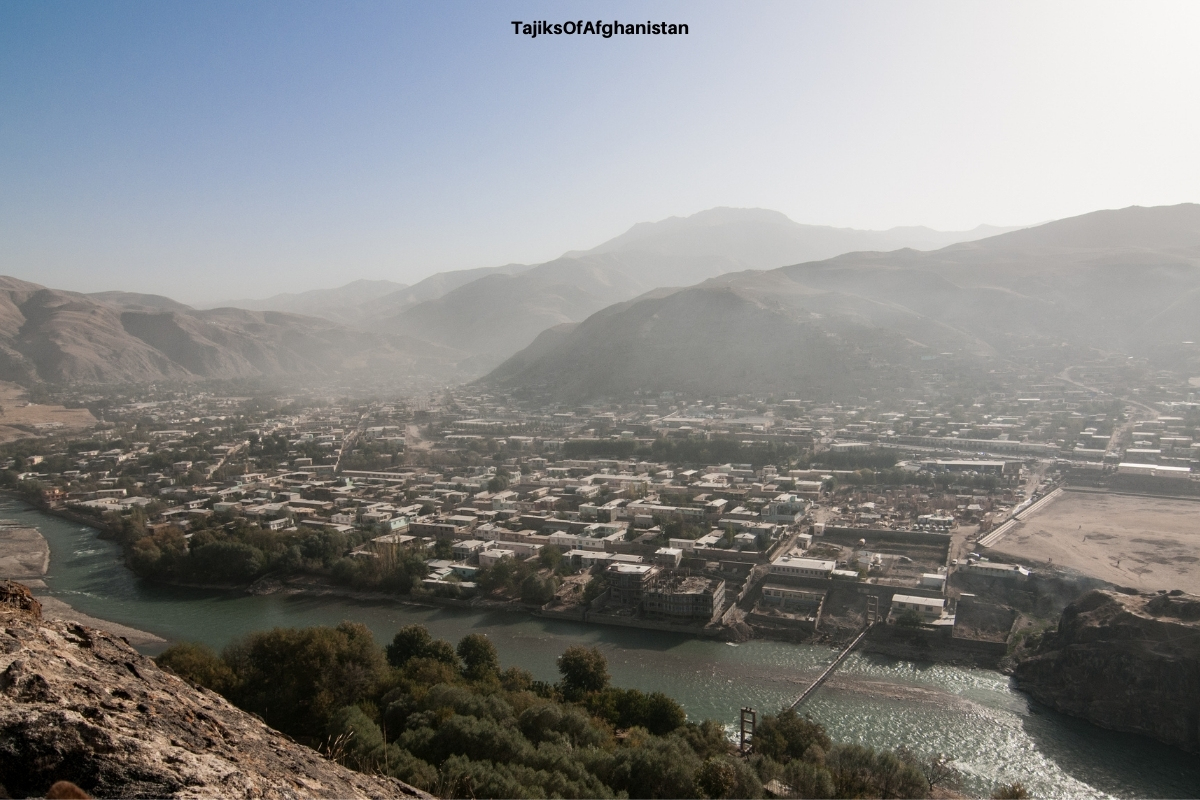Badakhshan Province in Afghanistan
This piece was written by Rahil (pseudonym) who lives in Afghanistan in Persian and has been translated to English by us. You can find the Persian version here.
Located in the north-eastern part of Afghanistan, Badakhshan province borders various countries and cultures of Asia. To the north, it is bordered by Shangian, China, as well as Tajikistan, while Pakistan lies just south of the province.
In terms of elevation, Badakhshan is the highest province of Afghanistan. The peak of Tarajmir is the highest peak of the Hindu Kush mountains, at an elevation of 7750 meters above the sea.
Mount Brughil used to be a major crossing point for the merchants of the Silk Road who came from Sangyang, China, and passed through Badakhshan on their route to India (Lahore and Delhi).
In the 13th century, Marco Polo wrote about his experiences and memories of Badakhshan, and his fascination by the province’s climate. He talked about a patient who was cured of his ailment simply by being in Badakhshan, due to flora and fauna. In these notes, Marco Polo seems especially enthralled by the clean air, pears, and other fruits of Badakhshan. Marco Polo also remarked about the sheep of Badakhshan, and how they are of a special kind and have particular horns. Later, these sheep came to be known as Marco Polo sheep.
While Marco Polo did not have the tools to assess the height of the Pamir mountains, he estimated them to lie at an elevation of 7000 meters. He described Badakhshan as consisting of green valleys hidden between tall mountains, covered with forests encompassing large rivers, streams, and lakes, formed by beautiful silky waterfalls descending from the mountains. These streams and lakes contain sweet water fish that are delicious. Badakshan is also home to crystal mineral water. There are many tales told about Shiwa Lake and its pure water, and the story of Badr Jamal is related to this lake.
The admixture of various cultures such as the Ishkashemi, Manjani, Shughni, Wakhi,, Zibaki and Persian is also a key characteristic of this province. The Yaftal people are also densely populated in these lands, indicating that the old Yaftali dynasty used to rule the North of Afghanistan.
Marco Polo also wrote of the strong and magnificent horses of Badakhshan, which were especially celebrated at the time due to their participation in local Buzkashi competitions. In Marco Polo’s notes, it is also mentioned that the name of Badakshan is derived from its bright, or ‘durakshan’, rubies. He describes Badakshan, the land of mountains, as a glacier that contains lapis lazuli and magnificent horses at its tip.
Nature has gifted this tall province many precious resources such as gold, rubies, lapis lazuli, crystal water, fascinating sheep, strong and mighty horses, and resilient and brave people representing the original and ancient Iranian, ‘Arian’, race. The ruins of the cities also reveal the existence of old Iranian civilizations here as well.
Badakhshan, in general, is a mountainous and earthquake-prone province in general. Some of the famous mountains of the province include Koh-e Khwaja Mohammad, Koh-e Hazarchishma (literally translated as ‘Thousand eyes’), and Koh-e Safid Khirs (translated as ‘white bear’).
Kokcha River, Wakhan River, Pamir River, Jerm River, Anjuman River, Wardaj River, Tagap Rast, Tange Shiwa River, Ghure Sang, Ragh River, and Darwaz Stream, constitute some of the most important rivers in the province. The Panj River also flows north of the province, providing rich water reserves for the lands.
The lakes of Badakshan are also famous for their glacial types, such as the Shiwa Lake, Zarqal Lake, and Chaqmaqtin Lake. There are large glaciers, 75 kilometers long and 600 meters wide in Wakhan, which are inhabited by Kyrgyz people.
The word ‘Pamir’ is also related to Sanskrit, in which they say that ‘Pa’ means mountain and ‘Mir’ means sun, referring to a Sunny Mountain, lit up by the sunrise and darkening with the sunset.
Badakhshan plays a vital role in the economy of Afghanistan. The production of Badakshani lapis lazuli, mined in the Karan area of Khwaja Mohammad is one important element of this. Gold is mined in Zarshuyan, coming from the river of Kokcha. Wheat, mung beans, and fish also have a large industry here. Livestock farming and breeding of sheep, horses, and cows are commonplace. Different textiles and cloths such as cotton and felt are prepared and woven at home.
Badakshan is currently organized into the following cities and districts:
- – Faizabad City is the capital of the province
- – Kashm district
- – Jerm district
- – Karan and Manjan district
- – Zibak district
- – Wakhan district
- – Ishkashem district
- – Baharak district
- – Shighnan district
- – Darvaz district
- – Khwahan district
- – Ragh district
- – Shahr Bozorg district
More on the district of Wakhan:
This is a valley spanning 100 kilometers, which is also discussed as part of Ishkashim and the Silk Road in the Safarnama of Marco Polo. It is now the easternmost district of Badakshan, consisting of a population of 40,000 Wakhanian.
Wakhan is considered to be the gold of the territory of Afghanistan, as it lies at the intersection of three big mountain ranges: the Hindu Kush, the Qaraqum, and Pamir. Many in Afghanistan believe that Pamir contains the highest mountain peak in the world.
FOLLOW US ON SOCIAL MEDIA